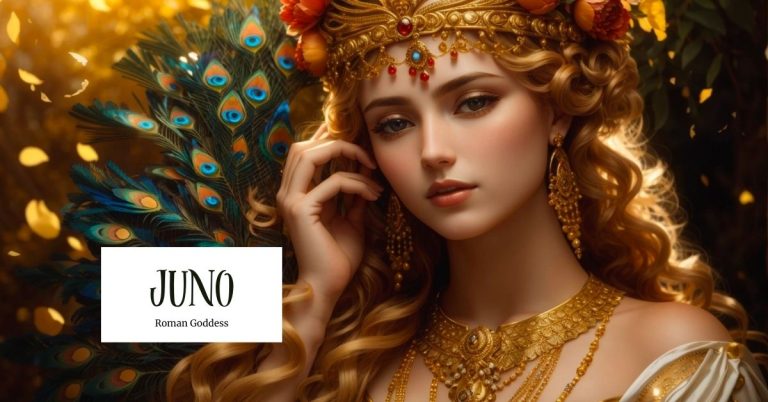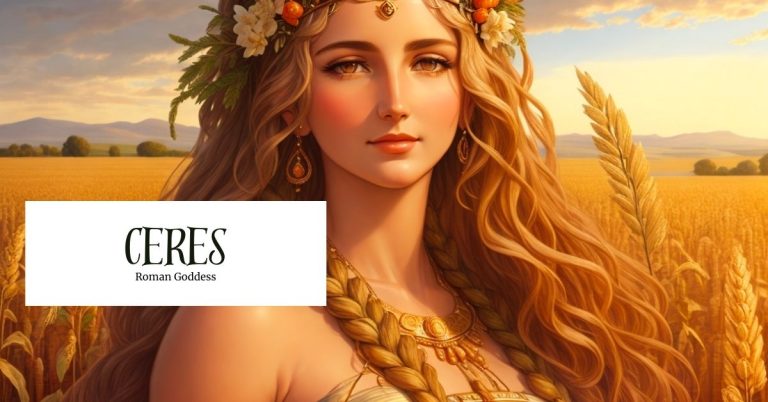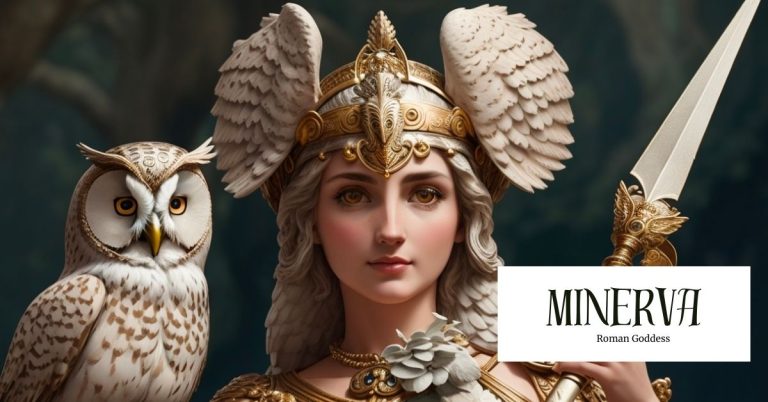Juno: The Goddess Of Marriage And Queen Of The Gods
Juno, the most powerful Roman goddess, reigns as the divine embodiment of marriage, childbirth, and queenly virtues. With her unwavering…

Juno, the most powerful Roman goddess, reigns as the divine embodiment of marriage, childbirth, and queenly virtues. With her unwavering…

Ceres, known as the Roman goddess of agriculture, fertility, and the harvest, holds a significant place in Roman mythology. Revered…

Minerva, the goddess of wisdom and strategy, holds a prominent position in the realm of Roman mythology. Also Known as…